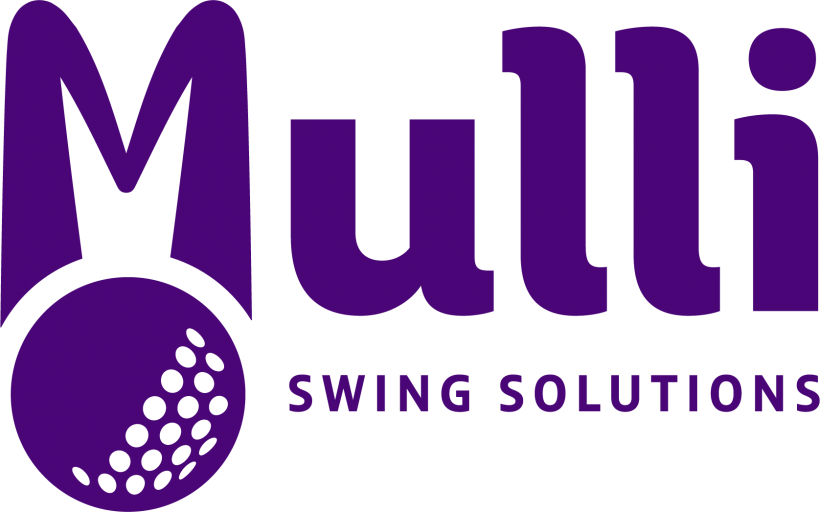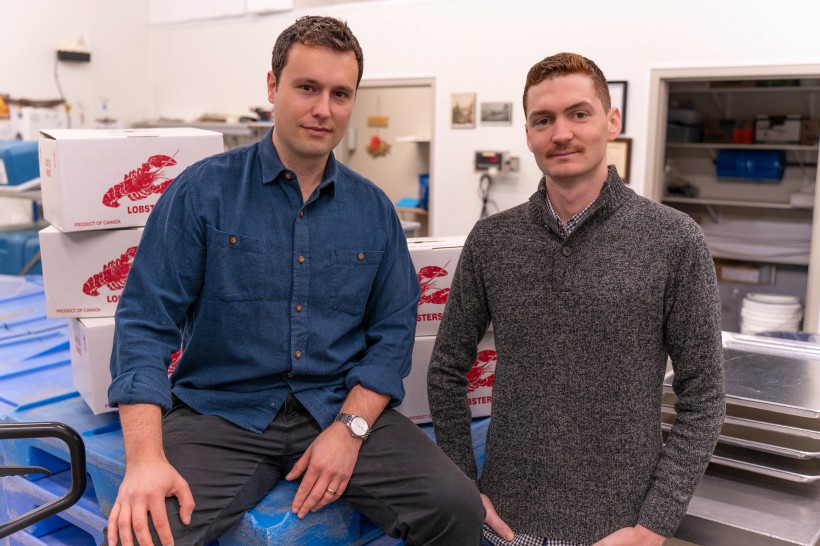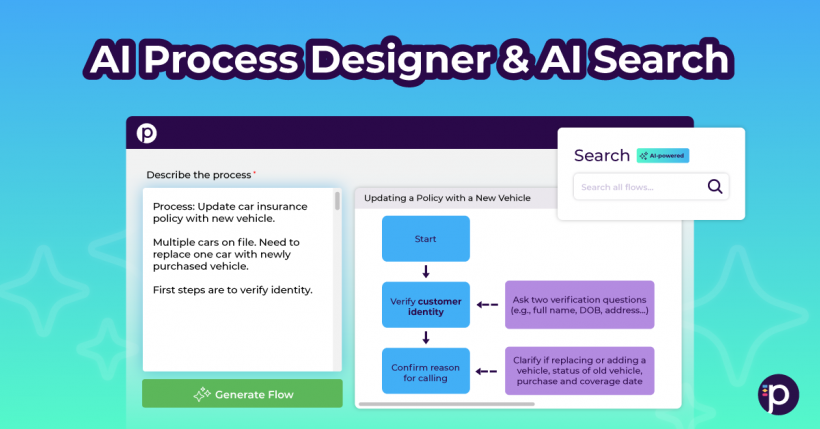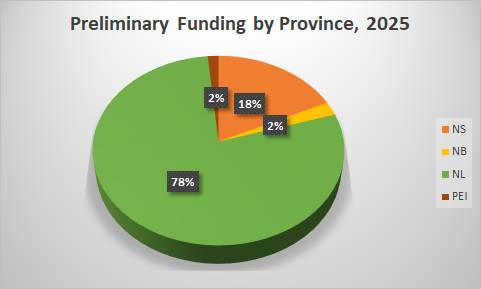After two years of development, Dartmouth-based Global Spatial Technology Systems, or GSTS, is commercially launching its cloud software for analyzing and predicting the movements of ships.
The software, OCIANA, aggregates satellite data, weather data, port data and other sources of tracking information and uses it to make predictions about the movements and behaviour of ocean-going vessels.
GSTS grew out of CEO Richard Kolacz’s work as vice president of business development at another startup, COM DEV, that was tasked by the Canadian and American governments with developing an unclassified satellite system for tracking the movements of ships around the world. That company was sold to Honeywell in 2015 for about $455 million.
“It’s like if you're using Google Maps and say, ‘Oh, there's roadwork up ahead,'” said Kolacz in an interview. “’I’ve got to take this alternate route, or I can slow down because there’s traffic ahead.' Well, that's the kind of information that we provide.”
When GSTS started development in earnest in 2016, Kolacz and his six-person team chose Halifax as its headquarters because of its proximity to the ocean economy.
The company now also has offices in Victoria, BC, and has grown to 32 people. Kolacz said he hopes to hire about 20 people a year for the next three years.
The OCIANA platform is accessed through a web-based login and then software that runs locally on users’ computers. It displays the conclusions its AI has drawn from GSTS’s data, but does not give customers access to the raw data.
With commercialization now well under way and several major clients signed, Kolacz said GSTS’s customers fit into three main categories: maritime industry clients, civil clients and military and defence clients.
The owners of shipping companies, for example, can use OCIANA to more accurately estimate when their ships will arrive in port, as well as for risk assessment.
Kolacz cited the case of the Costa Concordia cruise ship, the captain of which was convicted of manslaughter after crashing off the coast of Italy in 2012. That captain, Kolacz said, could potentially have been flagged by OCIANA as incompetent based on his command decisions before he caused a serious accident.
Government agencies such as coast guards, meanwhile, can use OCIANA to identify which ships may be violating environmental laws, such as by failing to exchange ballast water that could carry invasive species before entering territorial waters.
The AI on which OCIANA is built can also be used to interpret data from sources other than GSTS’s partners – a service the Canadian and American governments have already purchased.
“What we're doing is we're taking the artificial intelligence modules that we have developed in OCIANA, and we are running Government of Canada and classified data through those modules to extract additional intelligence,” he said.
“So we may have some government customers that have unclassified or classified datasets that they would like to run through the algorithms, and an in-country location for (GSTS)... to feed their intelligence networks.”
To pave the way for other, similar deals, Kolacz said GSTS plans to eventually open offices in Europe, Asia, Latin America, Australia and New Zealand.
To finance that expansion, he is preparing to raise a funding round that will build on $2 million of equity funding and $6 million of debt that he raised in 2018.
“Our goal is to expand our customer base from Canadian to international, and prepare for rapid acceleration and growth,” he said. “(We’re raising) adequate funding to allow us to scale up and recruit people or establish facilities around the world.”










